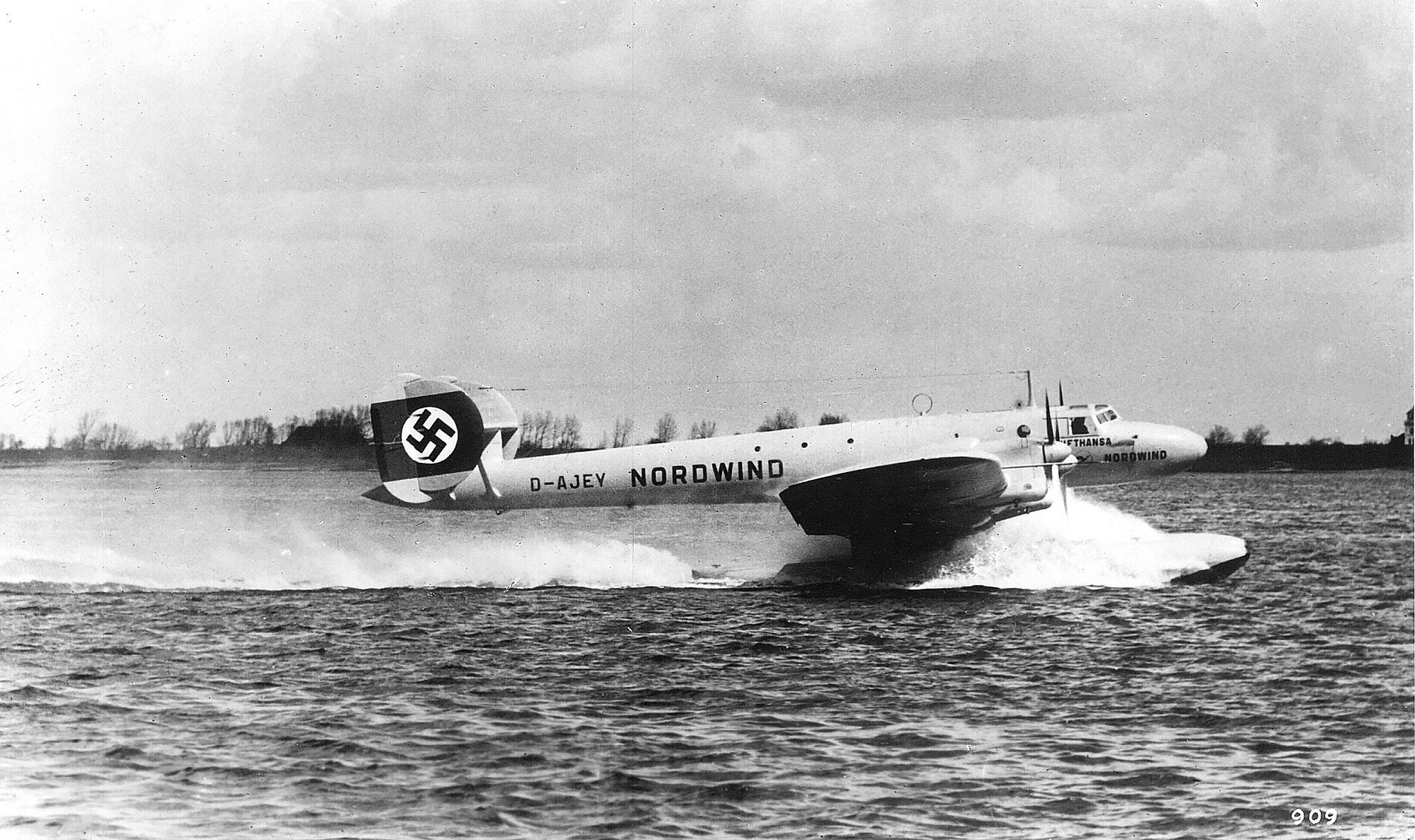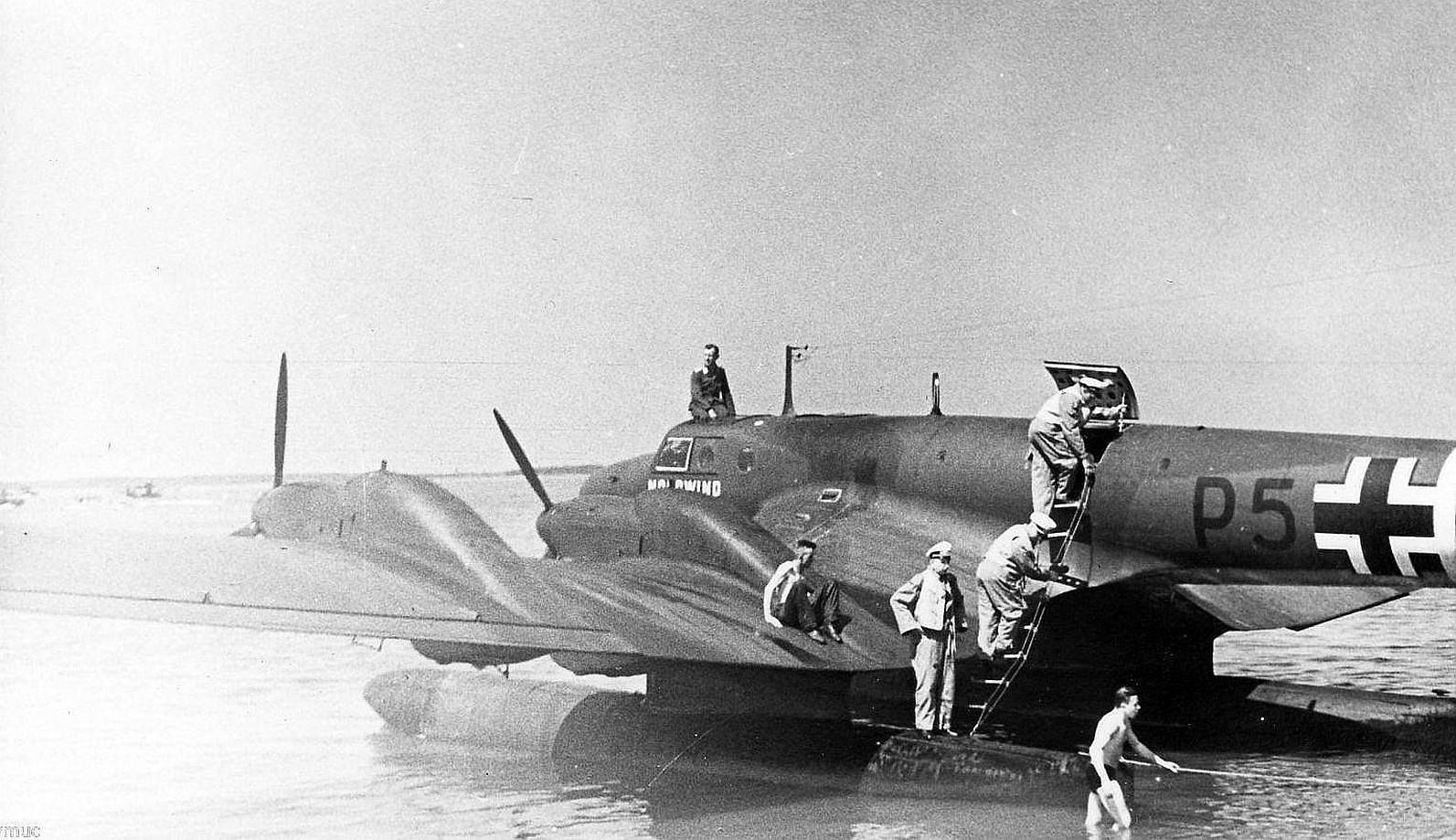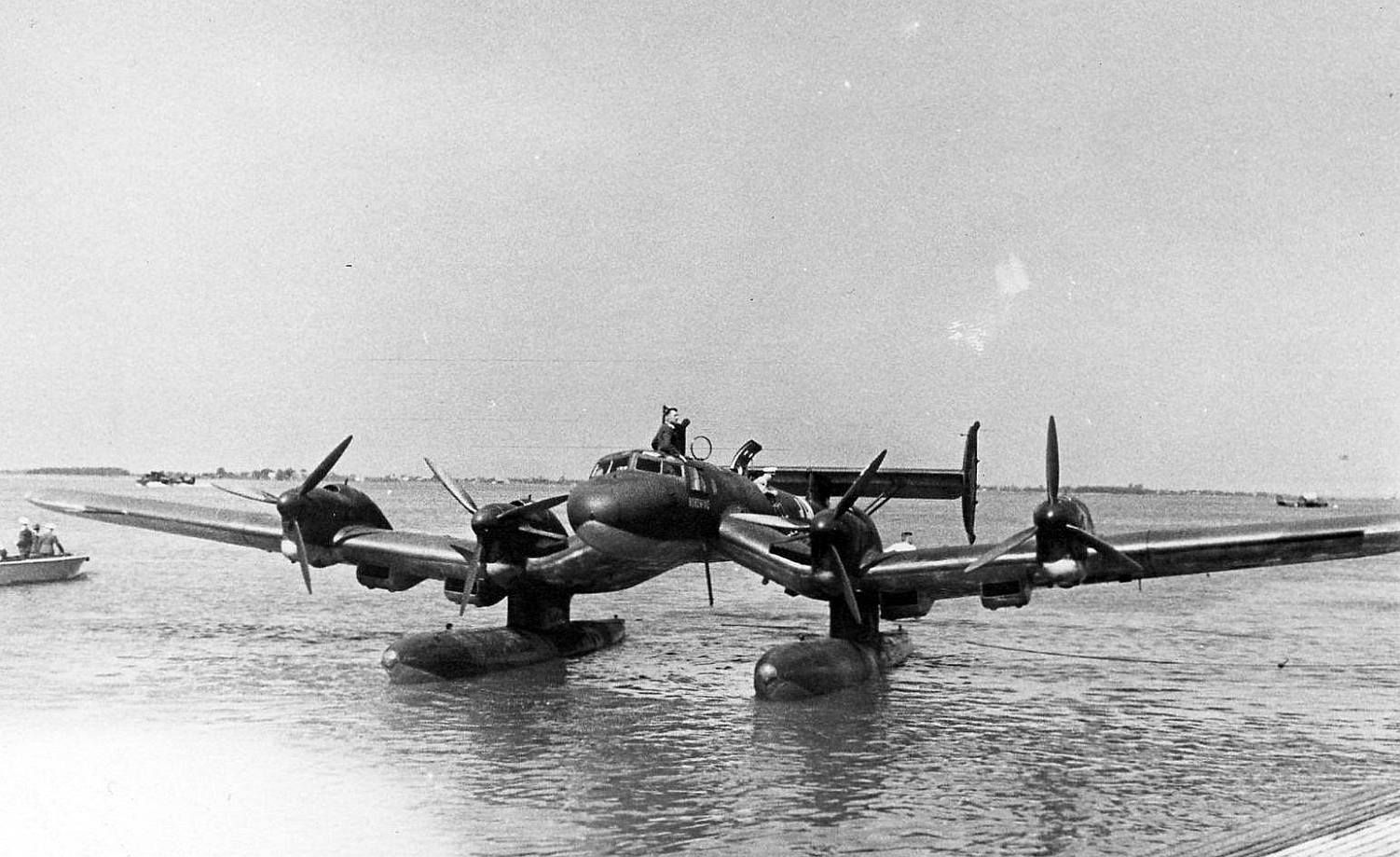Forums
- Forums
- Duggy's Reference Hangar
- Luftwaffe Library
- Blohm & Voss Ha 139
Blohm & Voss Ha 139
Post a reply
- Go to Previous topic
- Go to Next topic
- Go to Welcome
- Go to Introduce Yourself
- Go to General Discussion
- Go to Screenshots, Images and Videos
- Go to Off topic
- Go to Works in Progress
- Go to Skinning Tips / Tutorials
- Go to Skin Requests
- Go to IJAAF Library
- Go to Luftwaffe Library
- Go to RAF Library
- Go to USAAF / USN Library
- Go to Misc Library
- Go to The Ops Room
- Go to Made in Germany
- Go to Campaigns and Missions
- Go to Works in Progress
- Go to Juri's Air-Raid Shelter
- Go to Campaigns and Missions
- Go to Works in Progress
- Go to Skinpacks
- Go to External Projects Discussion
- Go to Books & Resources
-
5 years agoSat Nov 04 2023, 08:45amDuggy
 Main AdminThe Blohm & Voss Ha 139 was a German all-metal inverted gull wing floatplane. With its four engines it was at the time one of the largest float-equipped seaplanes that had been built. The inboard engines were mounted at the joint between the inboard anhedral and outboard dihedral wing sections, above the pylon-mounted floats.
Main AdminThe Blohm & Voss Ha 139 was a German all-metal inverted gull wing floatplane. With its four engines it was at the time one of the largest float-equipped seaplanes that had been built. The inboard engines were mounted at the joint between the inboard anhedral and outboard dihedral wing sections, above the pylon-mounted floats.
Further development of the Ha 139 led to the land based version Blohm & Voss BV 142 which had its first flight in October 1938.
Operational history
In 1935 Lufthansa issued a specification for a seaplane capable of serving on their trans-Atlantic mail routes. The new aircraft needed to have a cruising speed of 155.3mph, to be able to carry 1,102lb of cargo for 3,106 miles (5,000km), and to be strong enough to take-off and land on rough water or to be catapult launched.
Detail from Battle of Scheveningen by Willem van de Velde the Elder
Blohm und Voss BV 139
Plans
Blohm und Voss responded with the Ha 139, a four-engined float-plane with inverted gull-wings. The floats were attached to the base of the 'V' on each wing, with the engines on the outer wing sections, carried on nacelles . Fuel was stored in the large-diameter steel tube used as a main wing spar. The main fuselage had a circular cross-section, and was of metal monocoque construction.
The first aircraft, Ha 139V1, made its maiden flight in the autumn of 1936, and during 1937 this and the V2 were used by Lufthansa on trials over the Atlantic, flying between New York and the Azores. These trials, which lasted until November, revealed some directional instability problems, and the original circular fins and rudders were replaced with larger versions. Better engine cooling was also required.
Trials resumed between July and October 1938, alongside trials on the third prototype, Ha 139 V3. This was a larger, heavier version of the aircraft, with the engines mounted lower on the wings.
Ha 139 V1
Named Nordwind First of two baseline prototypes

Ha 139 V2
Named Nordmeer Second of two baseline prototypes
















Ha 139 V3
Named Nordstern ? Third prototype with longer wingspan, increased wing area and modified engine mounts.
Ha 139B/Umbau
The third prototype had a more varied, if short, military career as the Ha 139B. It was originally converted to act as a reconnaissance aircraft, as the Ha 139V3/U1. In this version it had a longer glazed nose carrying an observer, and a larger vertical tail. Four 7.92mm machine guns were carried, one each in the tail, nose and two beam positions.
Ha 139B/MS
The Ha 139B/Umbau was later modified into a minesweeping (Minensuch) aircraft fitted with a large magnetic sensing loop strung between the nose, floats, wing-tips, and tail unit.









Specifications (Ha 139B/Umbau)
General characteristics
Crew: 4?5
Length: 20.07 m (65 ft 10 in)
Wingspan: 29.5 m (96 ft 9 in)
Height: 4.8 m (15 ft 9 in)
Wing area: 130 m2 (1,400 sq ft)
Empty weight: 10,340 kg (22,796 lb)
Gross weight: 19,000 kg (41,888 lb)
Powerplant: 4 ? Junkers Jumo 205C 6-cyl. opposed piston diesel engines, 447 kW (599 hp) each for take-off
Propellers: 3-bladed variable-pitch metal propellers
Performance
Maximum speed: 288 km/h (179 mph, 156 kn) at 3,000 m (9,843 ft)
Cruise speed: 238 km/h (148 mph, 129 kn) (maximum) at 2,000 m (6,562 ft)
Economical cruise speed: 200 km/h (124 mph)
Ferry range: 4,600 km (2,900 mi, 2,500 nmi) at 238 km/h (148 mph)
4,950 km (3,076 mi) at 200 km/h (124 mph)
Rate of climb: 2.833 m/s (557.7 ft/min)
Armament
Guns: 4 x 7.92 mm (0.312 in) MG 15 machine guns in nose, flight deck roof hatch, and staggered fuselage lateral mountings
Post a reply
- Go to Previous topic
- Go to Next topic
- Go to Welcome
- Go to Introduce Yourself
- Go to General Discussion
- Go to Screenshots, Images and Videos
- Go to Off topic
- Go to Works in Progress
- Go to Skinning Tips / Tutorials
- Go to Skin Requests
- Go to IJAAF Library
- Go to Luftwaffe Library
- Go to RAF Library
- Go to USAAF / USN Library
- Go to Misc Library
- Go to The Ops Room
- Go to Made in Germany
- Go to Campaigns and Missions
- Go to Works in Progress
- Go to Juri's Air-Raid Shelter
- Go to Campaigns and Missions
- Go to Works in Progress
- Go to Skinpacks
- Go to External Projects Discussion
- Go to Books & Resources
